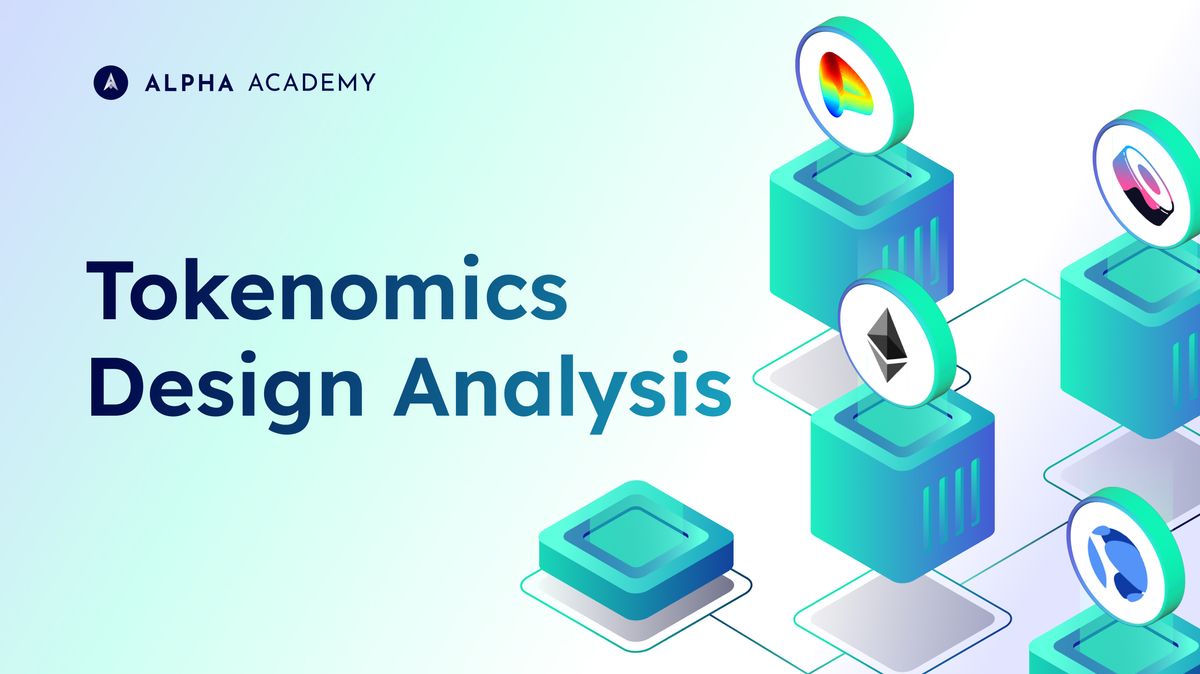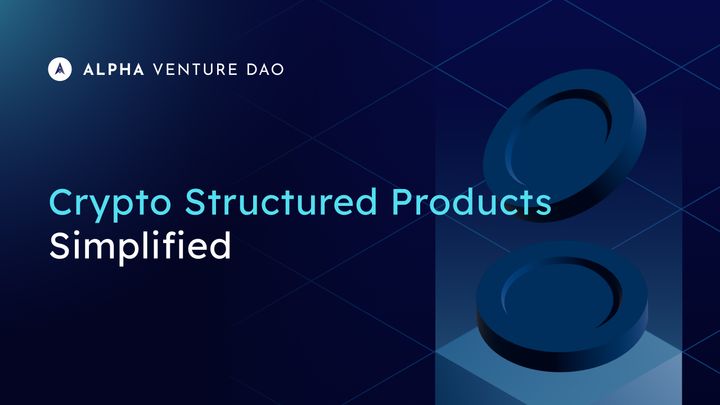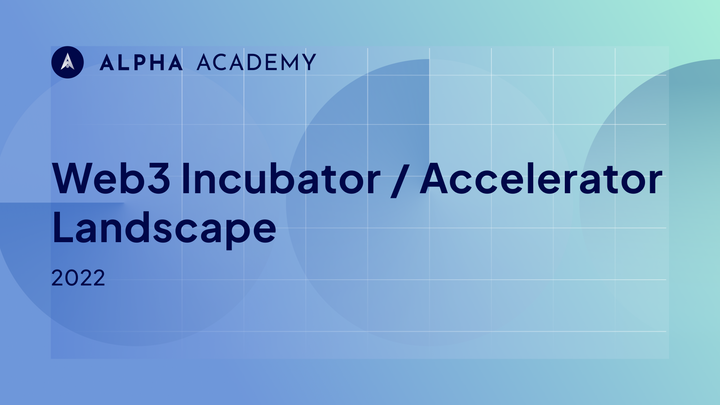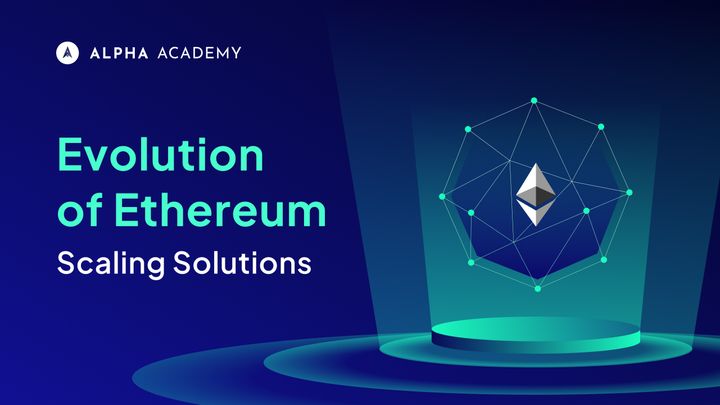Tokenomics Design Analysis

Key Takeaways
- We recommend using the “Value Alignment” framework to analyze tokenomics design
- The first step is to break down tokenomics design into underlying tokenomics models.
- The second step is to analyze the models based on the value alignment of the involved parties – the project, users, and investors.
- A “good” tokenomics design must net a positive value alignment for the parties.
Introduction
Many successful projects have a solid foundation in their tokenomics design; some even bring innovation. For example, SushiSwap introduced the concept of MasterChef staking which became the standard practice for other DEXes on yield farming. Some replicate other provenly successful tokenomics designs like the ETH PoW concept.
Tokenomics design may look simple in hindsight, but in practice, it can be complex with multiple factors to consider such as token use cases, token organic demand, project sustainability, and revenue stream. Each has a different impact on the success of the project.
When analyzing the token value, we propose the “Value Alignment” framework as a basis for analyzing tokenomics design. We also apply our Value Alignment framework to analyze 4 tokenomics designs, including ETH, CRV, SUSHI, and UST.
Value Alignment Framework
The Value Alignment framework comprises of 2 steps:
1. Break down a tokenomics design into its underlying tokenomics models.
2. Analyze the value alignment for each tokenomics model from 3 parties’ aspects: the project, users, and investors.
Since tokenomics design often consists of multiple specific features such as usages in staking, governance, and liquidity mining, the first step is to fully understand a tokenomics design by breaking it down into multiple tokenomics models.
Tokenomics models are those specific features of the tokens. For example, ETH tokenomics design can be broken down into the following models: (1) gas fee (tx cost and mining rewards), (2) token burning (EIP-1559), and (3) staking (in preparation for The Merge ETH2.0)
The second step of the framework is to evaluate the model. To do this effectively, we need to think about the success of a project, which depends on the holistic success of the relevant parties. These parties can be categorized into 3 segments including
- The Project – the team, DAO, project contributors, community, etc.
- Protocol Users – any protocol users, integrating partners that build products on top, blockchain miners & validators, etc.
- Investors – VC firms, seed/private/public angels & investors, token holders, retails, etc.
The evaluation step is to analyze the tokenomics model from these 3 aspects, understanding the positive and negative impacts.
Case Study
For example, the gas fee model (pre-Merge) for the Ethereum blockchain mostly impacts the project and users.
- From the project’s perspective, the model ensures (1) non-profitability from network spamming from any (malicious) attackers → timely transaction inclusion into a block, and (2) sufficient incentives for miners to mine or validators to validate blocks → blockchain liveness.
- Users, on the other hand, need to be thought of separately through 2 different personas. Miners earn in the form of mining rewards, while network users need to pay gas fees to perform on-chain transactions.
Analyzing Tokenomics Designs
Using the Value Alignment framework, we can now effectively analyze tokenomics designs as follows.
ETH
Ether (ETH) tokenomics design consists of the gas fee, burning (EIP-1559), and ETH2.0 staking models.
Ethereum miners earn block rewards for securing the current Ethereum blockchain. EIP-1559 helps improve the UX for end users, especially with the gas price prediction. ETH2.0 staking now locks up ~10% of the ETH circulating supply, providing stakers and validators yields from the Beacon chain block rewards. Investors may also speculate on the price appreciation from the reduced circulating supply and the deflationary pressure from the base fee burning mechanism introduced in EIP-1559.
The downside of users' value in the gas fee model is compensated with users' opportunities in the Ethereum ecosystem e.g. DeFi and NFTs. Similarly, token locking in the ETH2.0 staking model is traded off with staking rewards for the users.
Overall, the negative value alignments are counterbalanced, resulting in positive value alignments for the 3 parties.
CRV
Curve DAO (CRV) uses the veTokenomics model, which integrates locked staking, governance & gauge voting, and liquidity mining models. Let’s see how the 3 parties' values can net positively.
The locked staking model boosts rewards to users proportionately to the duration of locking, creating a long-term value alignment for the project and the users.
The token inflation from the liquidity mining model is offset by the constant locking, resulting in rewarded tokens not being dumped into the market but rather locked for future rewards. Thus, investors can appreciate the token price to increase from the supply reduction.
Emission voting introduces a bribing system for other stablecoin projects to buy votes and reward their own pools with liquidity mining rewards, further increasing the project integrations and TVL.
Overall, CRV effectively utilizes multiple tokenomics models to reinforce one another and creates positive value alignment between the parties.
SUSHI
SUSHI uses staking, liquidity mining, and governance models. The 3 parties' values are described below.
SUSHI tokenomics design may look promising for the project and users. However, the highly inflationary nature of the token creates huge selling pressure on the token price, compared to the circulating supply reduction pressure from xSUSHI staking. The investor’s incentives are thus not positively aligned.
With the introduction of the max token supply and liquidity mining reward reduction scheme, the investor’s incentive can become more neutral, but at the same time, users’ yields from liquidity mining rewards will be almost gone, which will heavily reduce the value alignment for the users and the project.
UST
UST envelops staking and dual-peg mint/burn (with LUNA) models. It is one of the fastest-growing tokens in terms of market cap but lost its value during the collapse of the Terra ecosystem.
Let’s understand the value alignment for UST from the parties' perspectives.
As a stablecoin, UST does not require involvement from the investors' side. Therefore, the investors' value does not need to be aligned.
From the users' perspective, UST unique design was able to offer attractive rewards of stable ~20% APY on the Anchor protocol. While it was able to attract a massive number of users, the ecosystem suffered from the lack of usage varieties and adoptions from other projects. For instance, the unimaginably high fixed-rate APY hindered end users from providing liquidity to lending protocols, which are one of the basic building blocks of DeFi, rendering the market nonfunctional.
The project's sustainability solely relies on the pegging stability of the dual-peg model. When UST depegged from its stable price, FUD could stem from the users and cause a death spiral to the token value, leading to the collapse of the ecosystem.
Overall, UST is a fast-growing token but with an unsustainable source of yield. Although it creates positive value for the users, it nets negative value for the project's perspective by neglecting potential risks and stability.
Closing thoughts
Our framework digests complex tokenomics designs into easily understandable models. The analysis can be done separately and then combined for overall value alignment under 3 perspectives: the project, protocol users, and investors. Any good tokenomics would require positive value alignment between these 3 parties.
In practice, however, there can also be other unimaginable factors that may also affect how the actual tokenomics turns out, for example, market conditions (both crypto & non-crypto), overall market sentiment, and timing. Many people believe the LUNA-UST tokenomics could’ve worked if not for its too fast of growth and the unsustainable fixed lending rate. Nonetheless, our framework should serve as a guideline to further understand the rationale why one tokenomics design is so successful while others don’t.
About Alpha Venture DAO (Previously Alpha Finance Lab)
A Builders’ DAO. We explore and innovate at the fringes of Web3 and drive significant value to Web3 users, and ultimately, alpha returns to the Alpha community.
Join our Telegram/Discord for the latest updates, follow us on Twitter, or read more about us on our Blog and Document!



